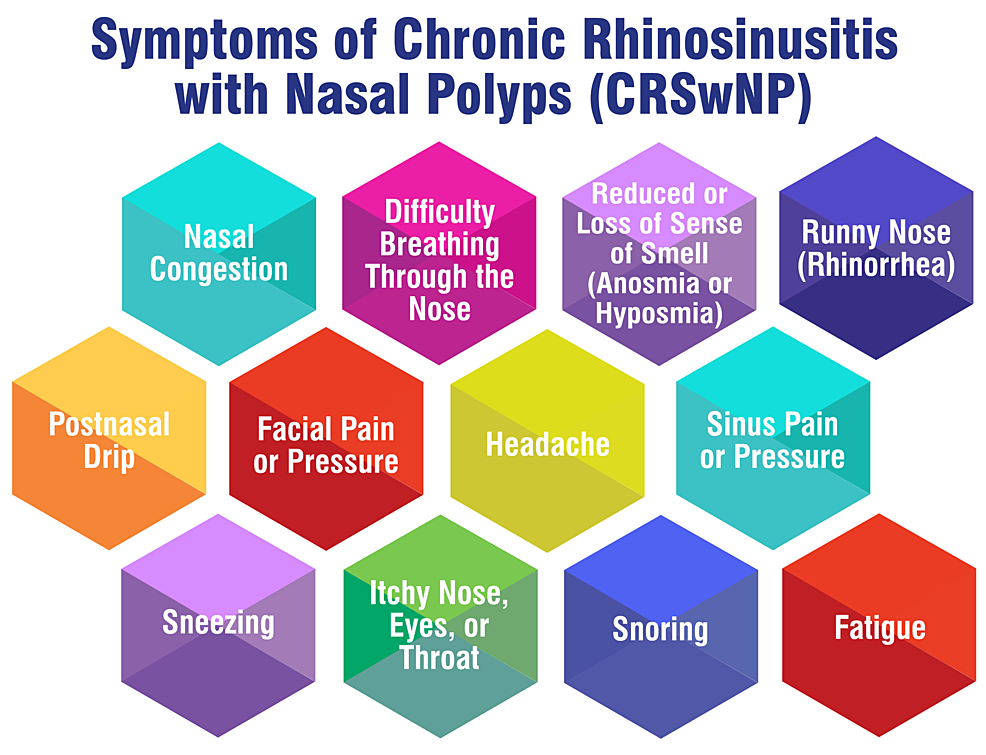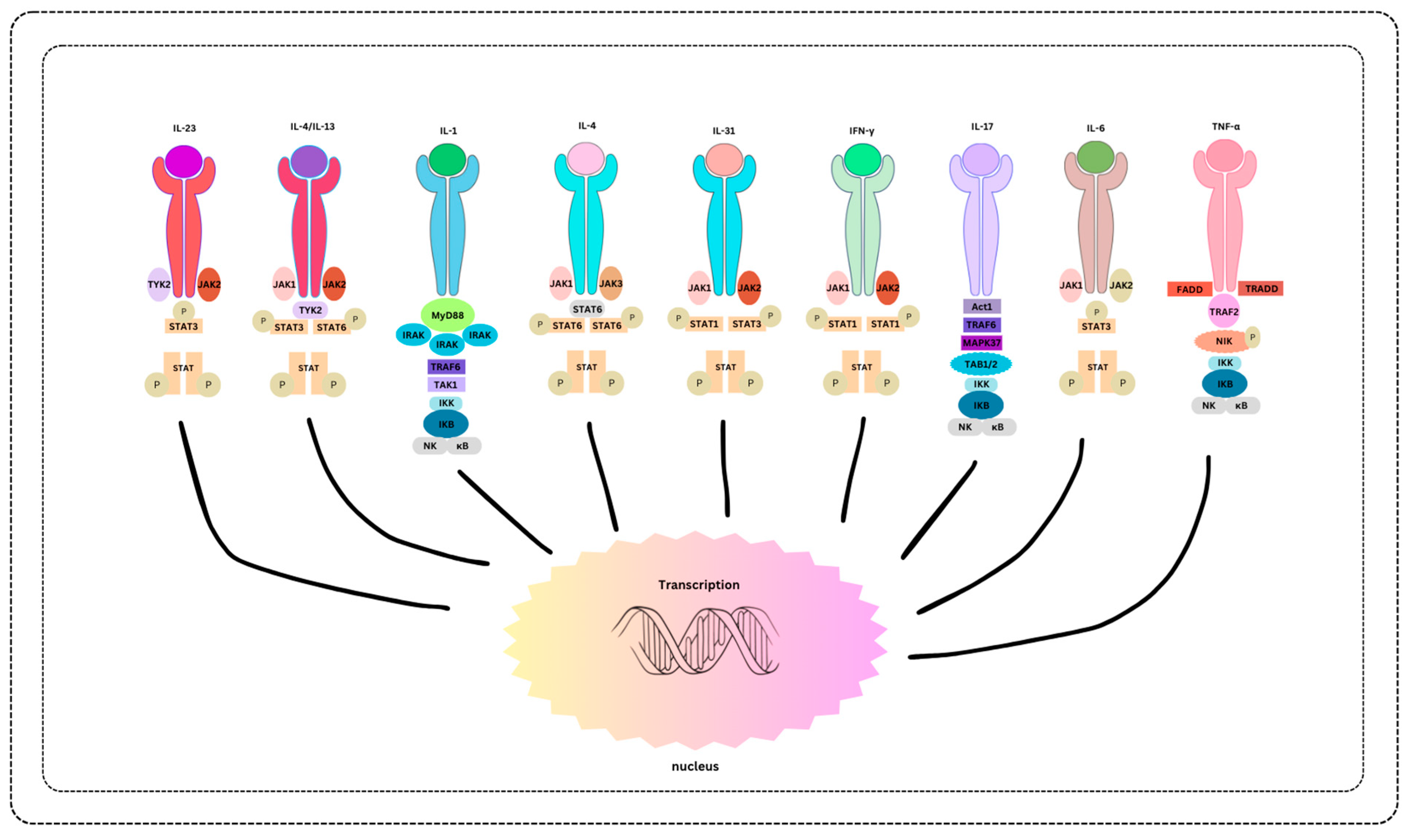Abstract:
Objective: To analyze the associations of the gut and circulating microbiota with circulating vitamin D3 (VD3), type I interferon (IFNI), systemic inflammation, and clinical profiles in chronic spontaneous urticaria (CSU) patients.
Methods: A total of 36 CSU patients with VD3 insufficiency (VDI; serum 25(OH)VD3 < 30 ng/mL) and 36 sex-, age-, and body mass index–matched CSU patients with non-VDI were enrolled. Fecal and serum bacteria were identified through 16S rRNA sequencing, and serum 25(OH)VD3 and inflammation biomarkers were assessed using ELISA kits. IFNI response was determined by measuring the stimulatory activity of serum on IFNI-stimulated response element in HEK293 cells in vitro with luciferase assays.
 |
| Comparisons of disease duration (A), UAS7 (B), serum CRP (C), serum IL6 (D), serum claudin 3 (E), stool calprotectin (F), IFNI response (G), and serum IgE (H) between the two groups. |








